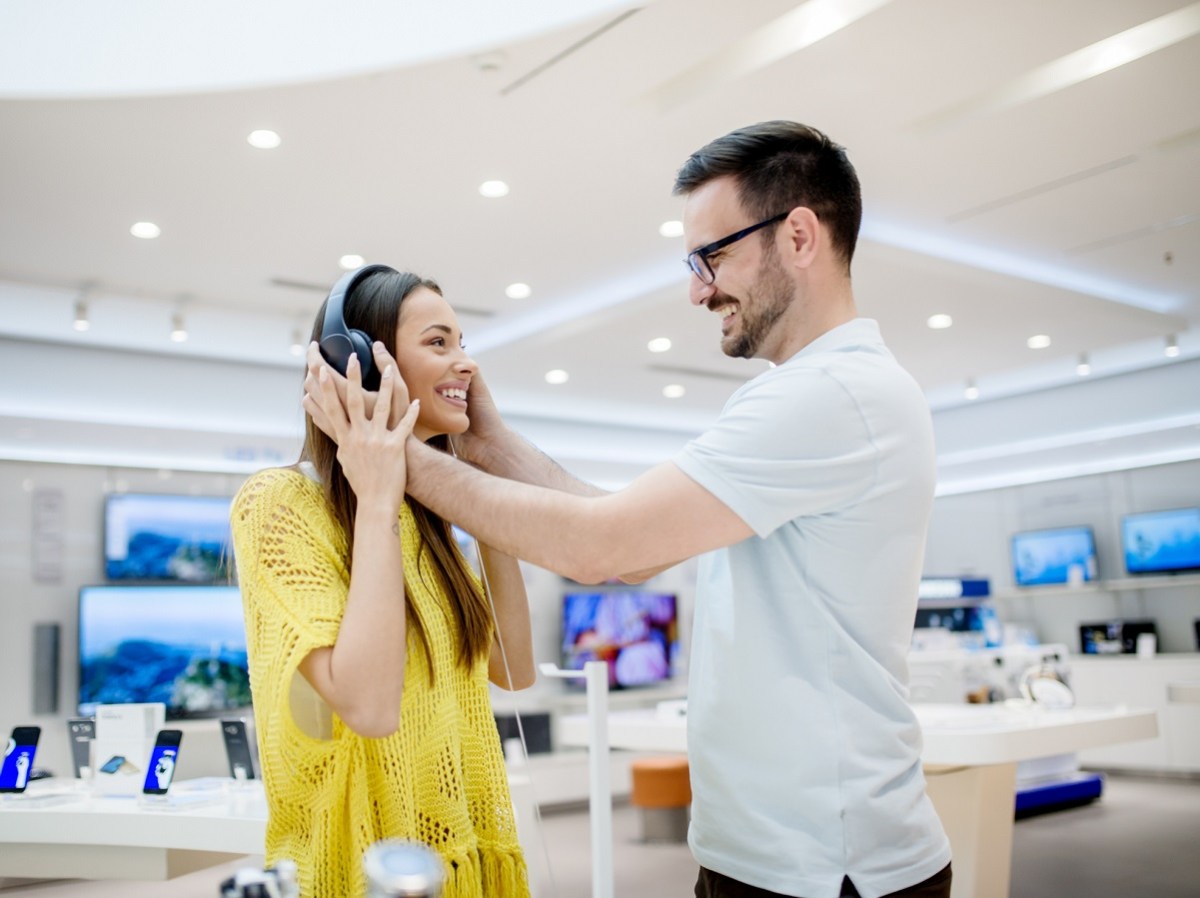In-store merchandising may have taken a back seat during the pandemic but with Black Friday and Christmas fast approaching, it is an ideal time to conduct a brand health audit and allow field marketing experts to strategise on how to capitalise on sales opportunities.
Reviewing a brand’s health requires an in-depth analysis of competitors, in-store presence, and customer experience as these factors among others can impact performance, including future success and longevity in the market. Understanding a customer’s perception of a brand and capturing consumer sentiment is also crucial for attracting new customers and keeping loyal customers on side.
Retail Data Acquisition Services (RDAS) director of client service, Steve Cottle believes there is an untapped opportunity for Australian retailers to better understand consumer demand and habits including brand advocacy by capturing, analysing and responding to accurate, actionable and real-time data.
“Too often we see brands and retailers making decisions based on anecdotal feedback, top-line sales figures and ‘gut feel’ rather than actual data about their product,” he said.
“Mystery shopping has rapidly evolved from days gone by, with today’s campaigns using sophisticated reporting capabilities that capture data into everything from price points to consumer sentiment.”
Benchmarking
Benchmarking can help shape a brand’s sales strategy, or for retailers, define the ‘The Perfect Store’ environment. Business intelligence technology can analyse pricing and position, total space allocation, store flow positioning, share of shelf, ranging and facings, as well as services.
Mystery shopping
Understanding the retail experience is critical with mystery shopping allowing brands to assess internal processes, such as an employee’s product sentiment, advocacy and knowledge, or an understanding of store compliance. Internal processes reviews should also include stock availability, merchandising, presentation, ambience of store and fit outs.
Mystery shopping campaigns use specialist shoppers who operate in-store, online, via webchat or phone using customer scripted scenarios to uncover brand advocacy, customer experience and journey, retail brand health audits, Net Promoter Score (NPS), market research including exit surveys, amenity and service experience, as well as competitor insights.
Competitor intelligence analysis
A competitor intelligence analysis provides an in-depth understanding of a competitor’s pricing, promotions, ranging and share of shelf. RDAS recommends undertaking a covert operation to check in-store or gather online intelligence to allow brands to proactively respond to competitor pricing and promotions in real-time with StoreTrack Live.
Identification of competitor pricing trends and comparisons includes full ranging audits that track share of shelf insights, in-store product position insights, and promotional range reviews.
This allows brands to make more informed decisions regarding the market and identify competitor trends to maximise range effectiveness. Share of shelf intelligence for retailers can also help maximise sales return on space if required. Share of shelf for suppliers can help maximise product ranges by proving a brand’s profitability and increasing revenue.

